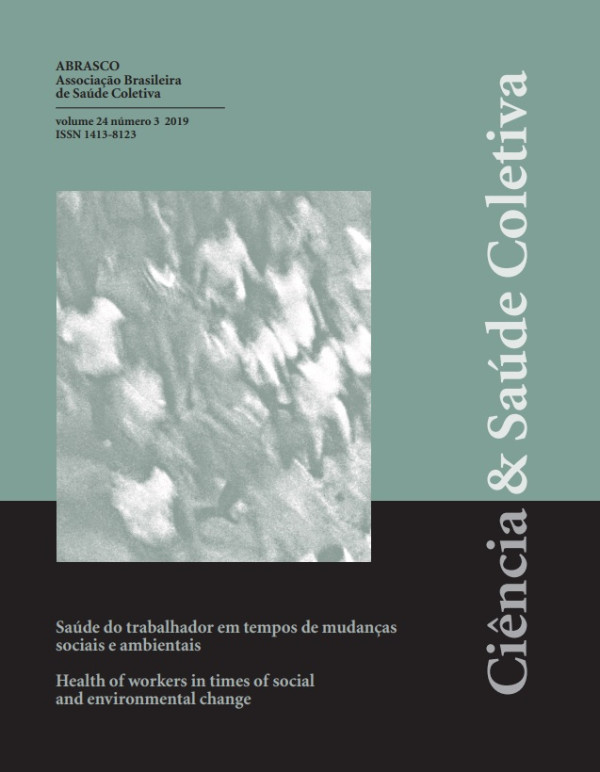0296/2017 - Temporal trend and factors associated with consumption of meat in the Brazilian population2007 to 2014.
Tendência temporal e fatores associados ao consumo de carnes gordurosas na população brasileira entre de 2007 a 2014.
Author:
• Giovana Longo-Silva - Longo-Silva, G. - São Paulo, SP - <giovana_longo@yahoo.com.br>ORCID: https://orcid.org/0000-0003-0776-0638
Co-author(s):
• Jonas Augusto Cardoso da Silveira - Silveira, JAC - <jonas.silveira@ufpr.br>ORCID: http://orcid.org/0000-0003-3838-6212
• Risia Cristina Egito Menezes - Menezes, R.C.E - <risiamenezes@yahoo.com.br>
ORCID: https://orcid.org/0000-0003-1568-2836
• Patrícia Menezes Marinho - Marinho, P.M - <patricia_mmarinho@hotmail.com>
ORCID: https://orcid.org/0000-0001-9754-7560
• Silvany Barros Olímpio Epifânio - Epifânio, S.B.O - <silvany_nut@hotmail.com>
ORCID: https://orcid.org/0000-0002-6824-1973
• Karine Maria de Melo Brebal - Brebal, KMM - <karine.brebal@gmail.com>
ORCID: https://orcid.org/0000-0001-5167-0803
• Maysa Helena de Aguiar Toloni - Toloni MHA - São Paulo, SP - <maysatoloni@yahoo.com.br>
Abstract:
Objective: To analyze the temporal tendency of the consumption of fatty meats (CG) and factors associated to the habitual consumption between the years of 2007 and 2014.Methods: Time series of fatty meats consumption (red and chicken) performedthe telephone survey \"Surveillance of Risk and Protection Factors for Chronic Diseases (Vigitel)”. The consumption trend was analyzed by joinpoint regression and expressed in annual percentage variation (VPA[95% CI]), while sociodemographic and behavioral factors were associated in 2007 and 2014 by generalized linear model (log-binomial).
Results: Between 2007 and 2014, white meat consumption ≥5x/ week increased (VPA 6.9%[5.7, 8.1]), while red meat consumption remained stable. CG consumption showed a significant reduction as of 2011 (VPA -4.0%[-7.5; -0.2]), probably due to the reduction in the consumption of red fats. We found that males, younger age groups living in the center-west/south-east/south regions, low education level and abuse of alcohol and tobacco were associated with CG consumption; while watching television>3hours/day was only associated in 2014.
Conclusions: the consumption of fatty meats showed a reduction trend in the Brazilian population, and its consumption was associated with sociodemographic and behavioral variables.











